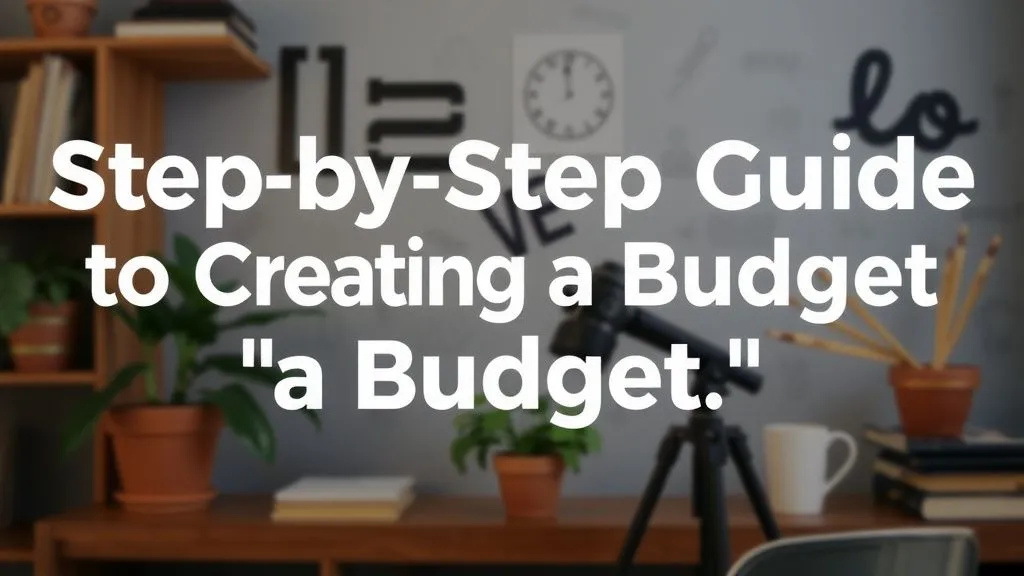Job Budget Guide
Creating and managing a job budget is an essential task for any business or individual. A well-planned budget helps in allocating resources effectively, tracking expenses, and ensuring profitability. In this guide, we will explore the key steps involved in creating a job budget and provide useful tips to help you stay on track.
Step 1: Identify Project Goals
The first step in creating a job budget is to clearly define the goals of your project. This includes identifying the desired outcomes, deliverables, and timeline. By having a clear understanding of what needs to be achieved, you can estimate the required resources more accurately.
Step 2: Estimate Costs
To create an accurate budget, you need to estimate the costs associated with your project. This includes both direct costs (such as materials and labor) and indirect costs (such as overheads and administrative expenses). Conduct thorough research and gather quotes from suppliers or contractors to get a realistic idea of the expenses involved.
Direct Costs
Direct costs are those directly tied to the project's execution. These may include:
- Materials: Research prices for necessary materials and factor them into your budget.
- Labor: Determine the number of hours required for each task and calculate labor costs accordingly.
- Equipment: If specialized equipment is needed, consider rental or purchase costs.
Indirect Costs
Indirect costs are those not directly tied to the project's execution but still necessary for its success. These may include:
- Overheads: Consider expenses like rent, utilities, insurance, and general administrative costs.
- Contingency: Allocate a percentage of your budget for unexpected expenses or changes in scope.
- Professional Services: If you need to hire external consultants or contractors, include their fees as well.
Step 3: Set Budget Categories
To organize your budget effectively, it is important to divide it into categories. This allows you to track spending and identify areas where adjustments may be required. Common budget categories include:
- Materials
- Labor
- Equipment
- Overheads
- Contingency
- Professional Services
Step 4: Create a Budget Spreadsheet
A budget spreadsheet is an invaluable tool for managing your job budget. It allows you to track expenses, compare them against the allocated budget, and make adjustments if necessary. Include columns for each budget category and regularly update the spreadsheet with actual expenditures.
| Budget Category | Budget Allocation ($) | Actual Expenses ($) | Variance ($) |
|---|---|---|---|
| Materials | 5,000 | 4,500 | -500 |
| Labor | 10,000 | 9,500 | -500 |
Step 5: Monitor and Adjust the Budget
A job budget is not a static document. It requires regular monitoring and adjustment to ensure that it remains accurate and effective. Keep track of actual expenses and compare them against the allocated budget. If you notice any significant variances or unexpected costs, make the necessary adjustments to avoid going over budget.
Conclusion
A well-planned job budget is crucial for successful project management. By following the steps outlined in this guide, you can create an accurate and realistic budget that helps you achieve your project goals while maintaining financial stability. Remember to monitor your expenses regularly and make adjustments as needed to ensure your project stays on track.


